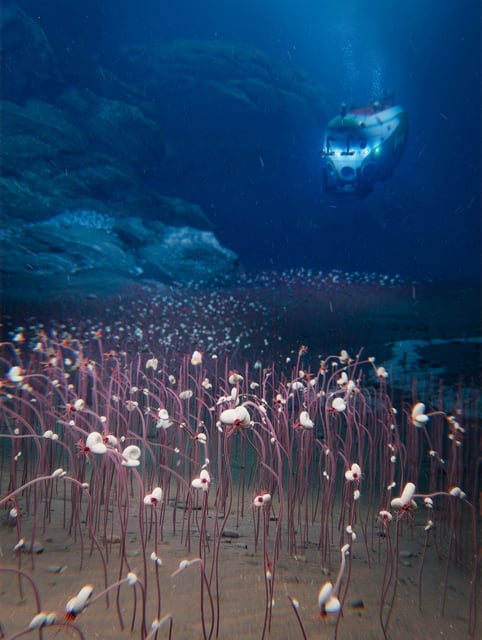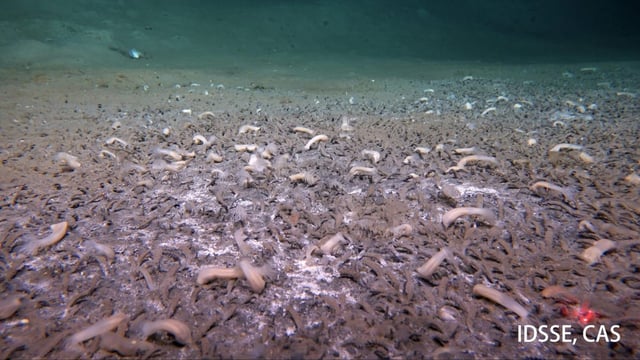Overview
- A Nature study published July 30 documents vibrant chemosynthetic animal communities at depths up to 9,533 meters in the Kuril–Kamchatka and Aleutian trenches.
- Crewed and robotic expeditions using the Fendouzhe submersible enabled detailed surveys of hadal zone ecosystems beyond 9 kilometers.
- The tube worm and clam colonies feed on hydrogen sulfide–methane seepage and form some of the deepest known animal assemblages.
- Some of the invertebrates appear to be previously unknown species, revealing unexpected biodiversity and extreme environmental adaptations.
- Researchers argue the findings redefine life’s depth limits and point to potential analogues in extraterrestrial oceans.



